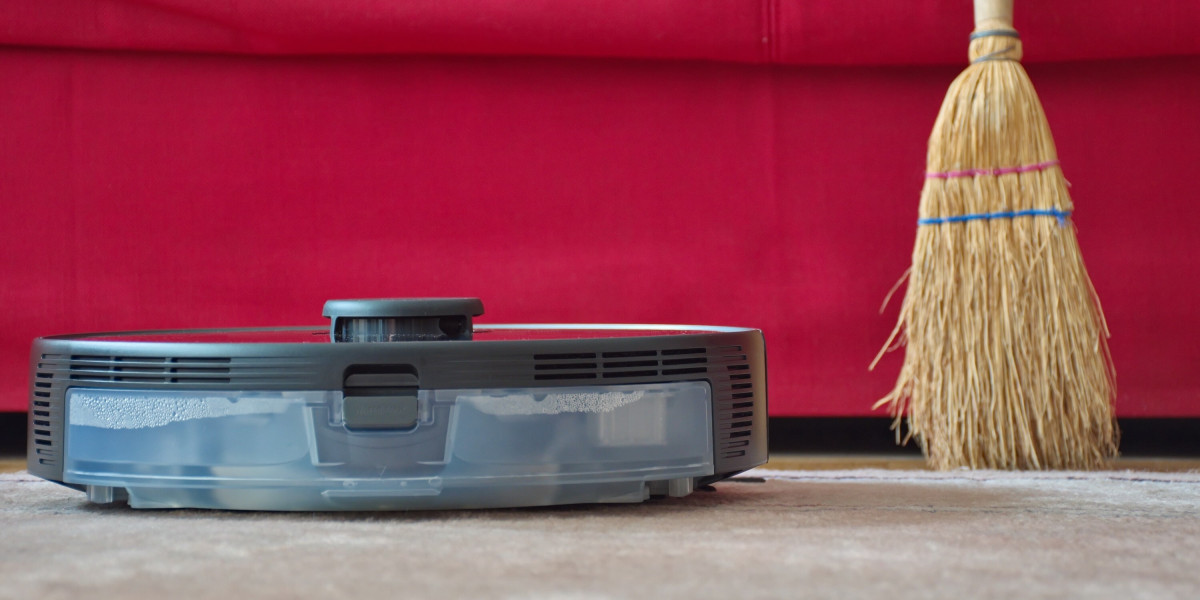A sheet metal laser cutting machine is a computer-controlled device that uses a high-powered laser beam to cut through various types of metal sheets with extreme accuracy. These machines are widely used in industries such as automotive, aerospace, electronics, and construction, where precision and repeatability are non-negotiable.
The technology relies on fiber or CO₂ lasers to melt, burn, or vaporize the material, leaving clean edges and minimal waste. CNC (Computer Numerical Control) systems are used to automate and program complex shapes and patterns directly into the laser cutter.
Key Benefits of Using Sheet Metal Laser Cutting Machines
✅ High Precision and Tight Tolerances
Cuts complex geometries with edge tolerances as tight as ±0.1 mm.✅ Speed and Efficiency
Can cut 1 mm stainless steel at speeds of up to 30 m/min.✅ Minimal Material Waste
Precise targeting means less scrap and better material utilization.✅ Low Maintenance and Longer Lifespan
Especially with fiber lasers, which offer a longer diode life and lower operating costs.✅ Versatility in Material Types
Works well with steel, aluminum, brass, copper, and even titanium sheets.
Comparison Table: CO₂ vs Fiber Laser Cutting for Sheet Metal
| Feature | CO₂ Laser Cutter | Fiber Laser Cutter |
|---|---|---|
| Wavelength | 10.6 µm | 1.06 µm |
| Cutting Speed (1 mm SS) | Moderate (~10 m/min) | Fast (~30 m/min) |
| Maintenance Needs | High | Low |
| Material Suitability | Non-metals & metals | Primarily metals |
| Operating Cost | Higher | Lower |
| Edge Quality on Thick Metal | Smoother | Good, but may need post-processing |
Applications of Sheet Metal Laser Cutting
Automotive Parts: Frames, brackets, exhaust systems
Electronics: Enclosures, chassis, heat sinks
Construction: HVAC ductwork, panels, structural elements
Aerospace: Lightweight components with tight tolerances
Agricultural Machinery: Cutting blades, shields, structural parts
These machines can handle batch production, custom prototyping, or mass manufacturing with ease.
How Does the Process Work?
CAD Design Input
The user creates a part drawing using CAD software.CAM Software Optimization
The drawing is converted to CNC-compatible G-code, including path optimizations and nesting.Material Setup
Sheet metal is placed on the laser bed, often assisted by an automated loader.Laser Cutting Begins
Focused beam cuts through metal by thermal energy.Part Collection
Cut parts fall into bins or are removed manually.
Top Features to Consider When Choosing a Sheet Metal Laser Cutter
Laser Power (Watts): Ranges from 500W to 15kW. Choose based on thickness.
Working Area Size: Common dimensions include 1500x3000mm or larger.
Automatic Loading System: Increases throughput and minimizes downtime.
Dust and Fume Extraction: Essential for safety and machine health.
Software Compatibility: Seamless integration with CAD/CAM software boosts productivity.
Cooling System: Prevents overheating and extends component life.
Cost Breakdown of Sheet Metal Laser Cutting Machines
| Item | Entry-Level (USD) | Industrial-Grade (USD) |
|---|---|---|
| Machine Purchase Cost | $20,000–$50,000 | $80,000–$250,000 |
| Installation & Training | $2,000–$5,000 | $5,000–$10,000 |
| Operating Cost/hr (fiber) | ~$5–$8/hr | ~$4–$6/hr |
| Annual Maintenance (avg) | ~$1,000–$3,000 | ~$3,000–$7,000 |
| Laser Tube Replacement (CO₂) | Every 2–3 years | Not required (fiber) |
Common Questions About Sheet Metal Laser Cutting Machines
Q1: How thick can a sheet metal laser cutter cut?
A: Depending on the machine’s power, fiber laser cutters can cut up to 30 mm thick stainless steel, while lower-powered versions typically handle up to 10 mm cleanly.
Q2: Are laser cutters safe to use in a workshop?
A: Yes, most industrial-grade machines come with enclosed systems, fume extraction units, and safety interlocks. Operators should still wear protective eyewear and follow safety protocols.
Q3: What industries benefit most from sheet metal laser cutting?
A: Automotive, aerospace, construction, HVAC, electronics, and agriculture are the top users due to their need for high-precision metal components.
Q4: What’s the difference between plasma cutting and laser cutting?
A: Plasma cutting is cheaper for thick metals but less accurate and has a rougher finish. Laser cutting offers superior precision, especially for thin to mid-thick materials.
Q5: Can I use a sheet metal laser cutter for mass production?
A: Absolutely. Modern machines with automatic loading, nesting software, and high-speed lasers are perfect for mass production environments.
Optimization Tips for Sheet Metal Cutting Efficiency
Use Nesting Software
Minimizes waste by arranging parts optimally on the sheet.Regular Lens & Nozzle Cleaning
Ensures clean cuts and consistent beam quality.Schedule Preventive Maintenance
Avoid unplanned downtime by replacing consumables on time.Invest in Automation
Automated loaders and part stackers reduce labor costs and increase throughput.Use Correct Assist Gases
Nitrogen is great for clean stainless steel cuts; oxygen improves speed but may oxidize edges.
Why Fiber Lasers Are Dominating the Industry
Fiber laser cutting machines are increasingly preferred over traditional CO₂ systems due to:
Higher energy efficiency (up to 45%)
Lower maintenance (no mirrors or laser gas)
Faster cutting speeds on thin materials
Smaller footprint and better integration with smart factory systems
As more manufacturers adopt Industry 4.0, fiber lasers offer the reliability and scalability they need.
Ideal Businesses for Sheet Metal Laser Cutting Machines
Custom Fabrication Shops
Prototype Development Labs
OEM Parts Suppliers
Architectural Metalwork Firms
Laser Cutting Job Shops
Whether it’s a startup or a large-scale manufacturer, adopting laser cutting can transform how they approach design and production.







